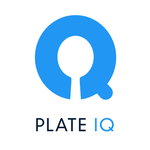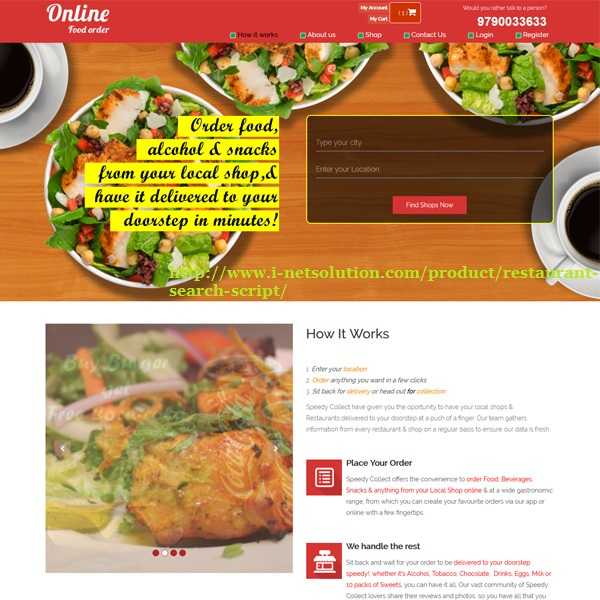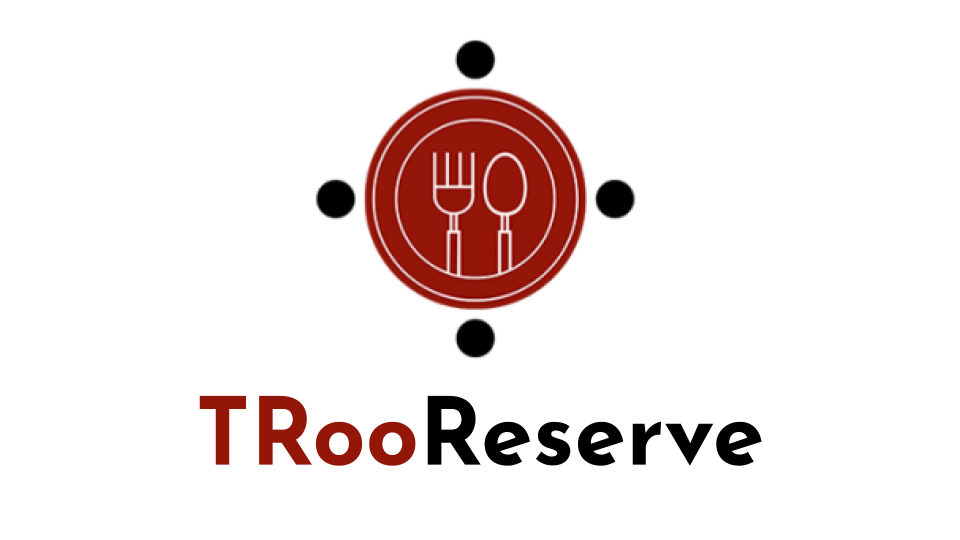Description
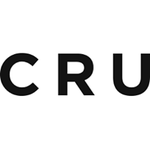
CRU
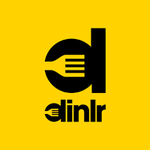
Dinlr Waiter
Comprehensive Overview: CRU vs Dinlr Waiter
CRU and Dinlr Waiter are part of the innovative technological solutions in the restaurant and hospitality industry, designed to streamline operations, enhance customer service, and optimize business processes. Here's a detailed overview of both:
a) Primary Functions and Target Markets
CRU
Primary Functions:
- Table Management: CRU offers robust table management features, allowing restaurants to optimize seating arrangements and reduce wait times.
- Order Processing: Integrates order processing efficiently, allowing staff to send orders directly from the tablet to the kitchen or bar.
- Payment Solutions: Provides a seamless payment experience, integrating various payment methods, including contactless payments.
- Customer Relationship Management (CRM): Collects and analyzes customer data to enhance personalization and improve customer relationships.
Target Markets:
- Medium to large-sized restaurants that require sophisticated management systems.
- Fine dining establishments that prioritize seamless service and customer experience.
- Chains and franchises looking for a consistent operational setup across locations.
Dinlr Waiter
Primary Functions:
- Order Taking: An intuitive platform for staff to take orders directly at the table, ensuring accuracy and efficiency.
- Menu Management: Allows easy updates to the digital menu, reflecting changes in real-time.
- Staff Management: Provides tools for managing staff schedules, roles, and real-time communication.
- Integration with Other Systems: Seamlessly integrates with other Dinlr products like Dinlr POS for a complete ecosystem.
Target Markets:
- Small to medium-sized restaurants seeking cost-effective management solutions.
- Cafes and casual dining establishments where quick service is essential.
- New establishments looking for an easy-to-implement technology solution without extensive infrastructure.
b) Market Share and User Base
CRU:
- Typically commands a significant share in the higher-end and chain restaurant market due to its comprehensive features designed for scalability and sophisticated operations.
- Its user base includes primarily fine dining restaurants and large franchises, making it lesser in number but higher in terms of revenue per client.
Dinlr Waiter:
- More prevalent among smaller establishments and startups due to its affordability and ease of use.
- Has a larger user base by volume, appealing to small and medium enterprises (SMEs), offering a lower entry cost and simpler implementation.
c) Key Differentiating Factors
CRU:
- Advanced Features: Offers more complex features suited for larger operations, such as advanced analytics and detailed CRM.
- Customization and Integration: High level of customization for branding and operational integration with other large-scale enterprise systems.
- Scalability: Better equipped for businesses with plans for rapid expansion or already operating multiple locations.
Dinlr Waiter:
- Simplicity and Ease of Use: Designed for ease of setup and use, appealing to smaller businesses with limited tech infrastructure.
- Affordability: Lower cost makes it a preferable choice for startups and smaller restaurants.
- Flexibility for Small Operations: More suited for environments where staff turnover may be high, and training new staff quickly is a necessity.
In summary, CRU and Dinlr Waiter both serve specific niches within the hospitality industry with CRU appealing to larger, more established businesses, and Dinlr Waiter catering to smaller, growing restaurants. Their differentiation primarily lies in the scale and complexity of services offered, as well as their target clientele.
Contact Info

Year founded :
2023
Not Available
Not Available
Mexico
Not Available

Year founded :
Not Available
Not Available
Not Available
Not Available
Not Available
Feature Similarity Breakdown: CRU, Dinlr Waiter
As of my last update in October 2023, I don't have specific product comparison details for CRU and Dinlr Waiter. However, I can guide you on how to perform a feature similarity breakdown by focusing on general aspects that are usually considered when comparing restaurant management or digital waiter systems.
a) Common Core Features:
- Order Management: Both typically support taking orders directly on a device, often a tablet, and sending them to the kitchen or bar.
- Menu Display and Customization: Allow for interactive digital menus where updates can be made quickly.
- Billing and Payment Processing: Integration with various payment gateways for seamless customer transactions.
- Customer Management: Basic CRM capabilities such as tracking customer preferences or visit history.
- Performance Reporting: Basic analytics features for understanding sales, peak times, and popular items.
b) User Interface Comparison:
- Design Aesthetics: This can vary significantly with each product. Generally, both CRU and Dinlr Waiter aim for user-friendly interfaces that staff can quickly learn. A sleek and intuitive interface is preferred for faster adoption.
- Navigation Structure: Look for efficient workflows with minimal clicks needed to take an order, access menu items, or process payments.
- Customization: Assess how easily the UI can be tailored to fit the specific branding and operational needs of a restaurant.
c) Unique Features:
- CRU:
- While specific unique features aren't detailed, CRU might offer specialized integrations or features tailored to certain types of dining experiences or specific operational challenges.
- They could have unique marketing or loyalty program features integrated into the system.
- Dinlr Waiter:
- Dinlr Waiter may have advanced table management features, such as reservation integration or layout optimization tools that are particularly useful for high-traffic dining establishments.
- They might offer a more customizable reporting or analytics toolset.
To obtain a precise comparison, it would be beneficial to consult the latest product documentation or reviews from current users of CRU and Dinlr Waiter, as feature sets and interfaces can frequently update.
Features

Not Available

Not Available
Best Fit Use Cases: CRU, Dinlr Waiter
CRU
a) Best Fit Use Cases for CRU:
-
Fitness Studios and Gyms:
- CRU is particularly well-suited for fitness studios, gyms, and wellness centers that require efficient scheduling, booking systems, and member management. These businesses benefit from the app's ability to handle class bookings, membership tracking, and payment processing seamlessly.
-
Wellness and Health Clinics:
- Health clinics or wellness centers offering services like therapy, massages, or beauty treatments can leverage CRU to manage appointment bookings and client interactions effectively. The platform facilitates a streamlined client experience, from booking to payment.
-
Personal Trainers and Freelance Instructors:
- Personal trainers and freelance instructors who operate independently or conduct classes in various locations can use CRU to organize their schedules, keep track of clients, and automate payments.
d) Industry Verticals and Company Sizes for CRU:
-
Small to Medium-sized Enterprises (SMEs): CRU is ideal for SMEs in the fitness and wellness industry that require affordable and scalable solutions for customer engagement and management.
-
Health and Wellness Industry: Covers various businesses like yoga studios, dance classes, or any service-based operations where scheduling is essential.
Dinlr Waiter
b) Best Fit Use Cases for Dinlr Waiter:
-
Restaurants and Cafes:
- Dinlr Waiter is designed for use in restaurants and cafes where efficiency in ordering and customer service is crucial. It streamlines operations by allowing waitstaff to manage orders, calculate bills, and process payments directly from a handheld device, enhancing the dining experience.
-
Bars and Nightclubs:
- In fast-paced environments like bars and nightclubs, Dinlr Waiter helps bartenders and wait staff efficiently take and manage orders, reducing wait times and improving service speed.
-
Hotels and Resorts:
- Hotels and resorts offering dining services can employ Dinlr Waiter to provide seamless room service or poolside ordering, integrating with their existing systems for a cohesive guest experience.
d) Industry Verticals and Company Sizes for Dinlr Waiter:
-
Hospitality Industry: Dinlr Waiter is suitable for various hospitality businesses, including fine dining, casual eateries, bars, and hospitality venues.
-
Medium to Large Enterprises: Although beneficial for SMEs, Dinlr Waiter can scale to meet the needs of larger institutional clients with complex service operations like hotels and large restaurant chains.
Overall, CRU and Dinlr Waiter are tailored to meet the needs of different industries and business sizes, providing specific functionalities that enhance customer interaction and operational efficiency in their respective domains.
Pricing

Pricing Not Available

Pricing Not Available
Metrics History
Metrics History
Comparing undefined across companies
Conclusion & Final Verdict: CRU vs Dinlr Waiter
To provide a conclusion and final verdict on CRU and Dinlr Waiter, let’s evaluate them based on the key considerations such as features, usability, customer support, pricing, and overall value.
a) Best Overall Value
Considering all factors, it is essential to assess which product offers the best overall value to its users. This involves comparing the pricing structures relative to the features offered. If CRU offers more advanced features that are crucial for streamlining operations and enhancing customer experience at a slightly higher price, it may provide superior value for larger establishments or those looking for comprehensive solutions. Conversely, if Dinlr Waiter provides essential functionality at a more affordable rate and is easier to implement, it could be the better choice for smaller establishments or those with more constrained budgets.
b) Pros and Cons
CRU
Pros:
- Typically offers robust features that may include detailed analytics, comprehensive integrations, and advanced customization options.
- Suited for larger or more complex venues that require detailed management tools.
- May feature superior support and training services which can be beneficial for complex setups.
Cons:
- Could come with a steeper learning curve due to the breadth of functionalities.
- May have a higher cost associated with advanced features which might not be necessary for all users.
Dinlr Waiter
Pros:
- Generally known for being user-friendly with a straightforward interface that can be quickly learned.
- Cost-effective, making it ideal for smaller businesses or those looking to minimize expenses.
- Reputed for smooth integration with existing operations without requiring significant changes.
Cons:
- Might lack some advanced features and customizability compared to more premium solutions.
- Potential limitations in scalability for growing businesses with increasing demand for intricate functionalities.
c) Recommendations
For users trying to decide between CRU and Dinlr Waiter, the decision should align with their specific needs and resources:
-
Consider CRU if: Your establishment is large, demands advanced analytics and integration capabilities, or requires a customizable experience. CRU may be more suited for environments where the budget allows for investment in features that maximize operational efficiencies and customer interaction.
-
Consider Dinlr Waiter if: You are operating a smaller or medium-sized venue with straightforward needs, or you prioritize ease of use and affordability. Dinlr Waiter can be particularly advantageous if you aim for a quick implementation with minimal disruption to your current operations.
Ultimately, the choice between CRU and Dinlr Waiter should be guided by the scope of your business services, budgetary constraints, and the complexity of your operations. Assessing the specific business needs and matching them to the strengths of each product is essential for achieving the best results.
Add to compare
Add similar companies
